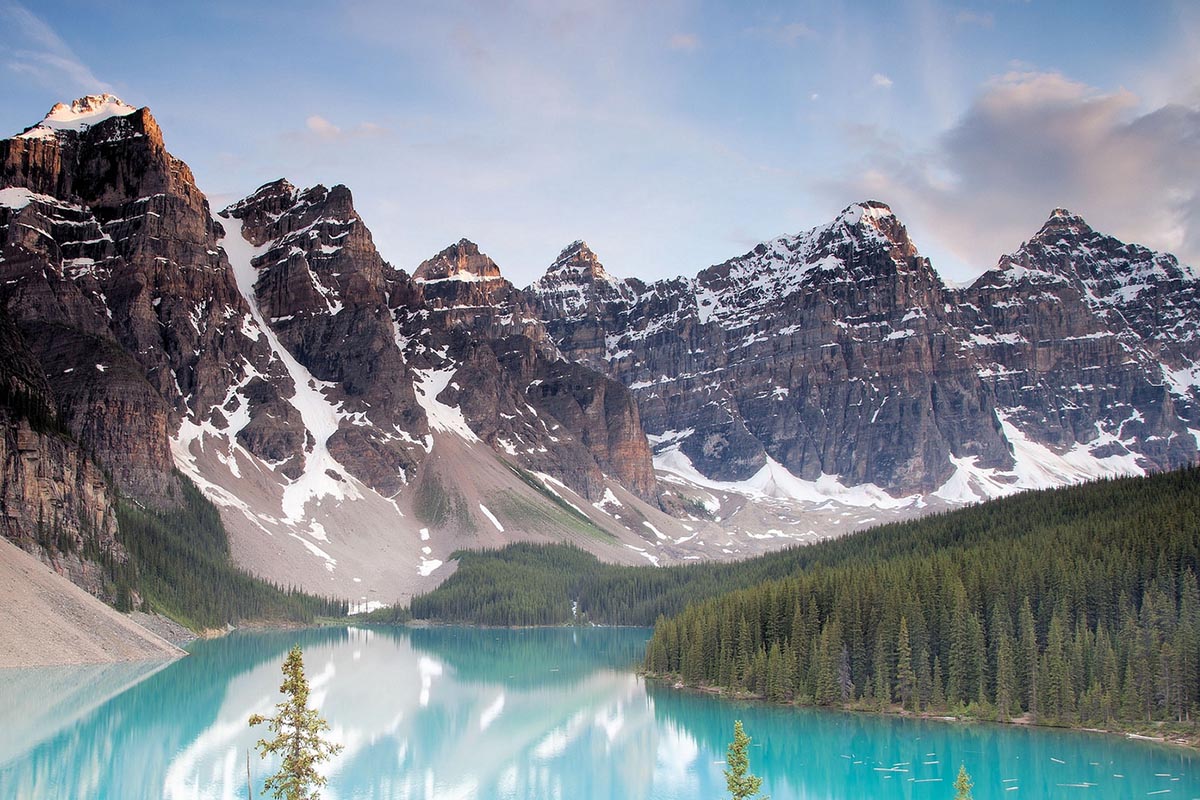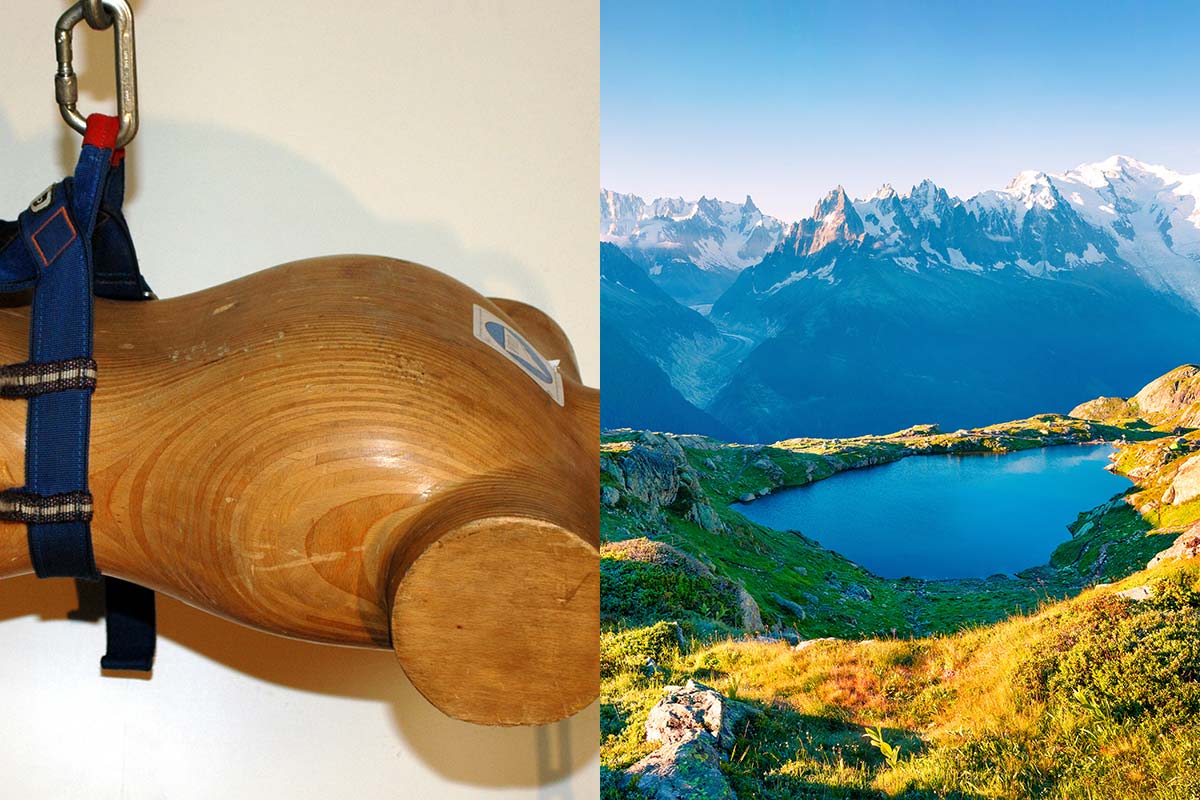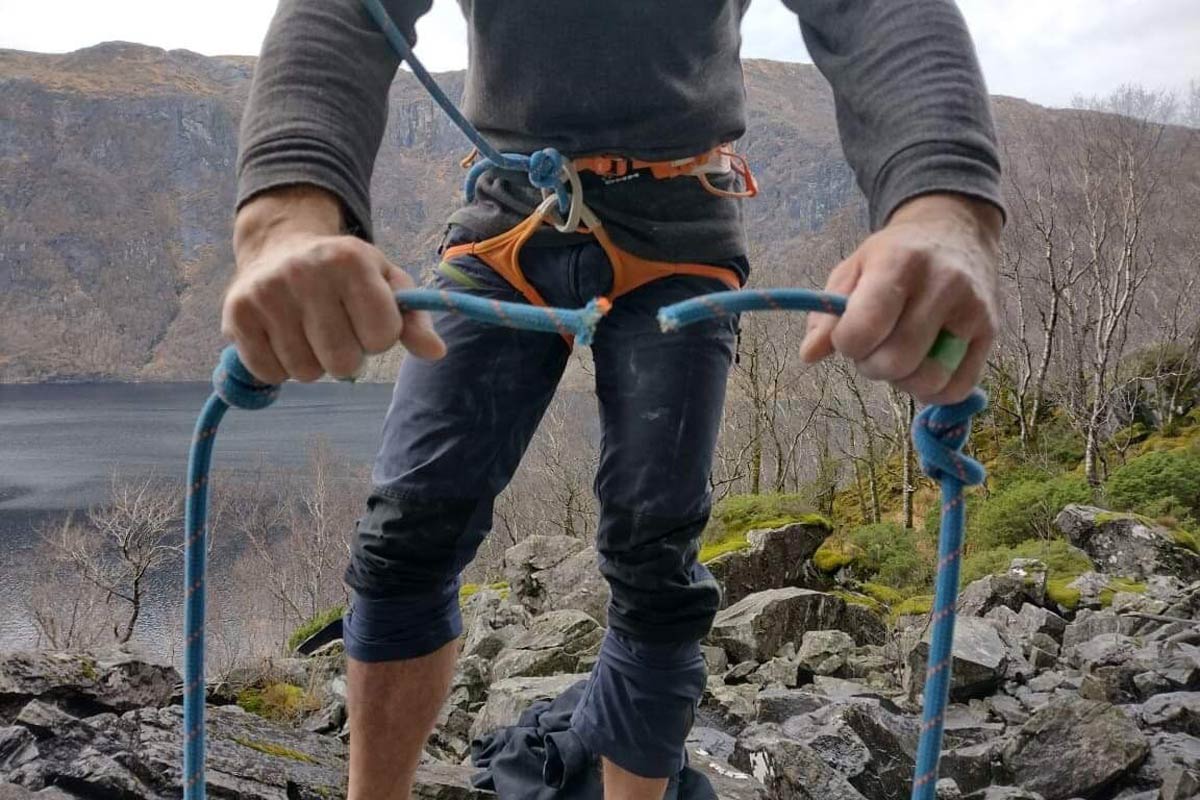UIAA Environmental Objectives and Guidelines
Adopted at the UIAA General Assembly / 4 October 1997 in Kranjska Gora, Slovenija
[no_icons icon_pack=”font_elegant” fe_icon=”icon_document_alt” fa_size=”fa-lg” custom_size=”20″ type=”normal” position=”left” icon_color=”#00aae6″ margin=”0px 10px 0px 0px”] Download the full version in English, French, German and Spanish.
1. This policy statement provides an outline of the main environmental issues that concern mountaineers. It recognises that the term “mountaineering”, as practiced by UIAA member federations, includes all aspects of the following activities: climbing, hiking, trekking and ski touring.
2. It considers both the effects of mountaineering on the environment and also the role that UIAA hopes mountaineers will play in helping to secure a sustainable future for the mountain environment.
3. These objectives and guidelines provide the framework, which member federations follow when supporting mountaineering activities. They will help member federations to ensure that mountaineering activities are sensitive to environmental needs and will assist efforts to protect cliff and mountain areas from adverse environmental impacts, from whatever source. They are based on international guidance on conservation and sports activity and UIAA policy statements and reports. These are listed in the Annex.
VALUES
4. Central to the UIAA’s work is the belief that the freedom to practice mountaineering, from the high, remote mountain peaks to the lowlands and coastal cliffs, is of great value to many of the world’s citizens. The freedom to climb is part of the wider need for people to have access to land and water for the appreciation of nature and scenery, as recognised by the World Conservation Congress in 1996. It also encompasses the need for adventure, physical exercise and the mental and social dimensions of the sport of mountaineering.
Promoting the recognition of these values amongst the wider community is an important starting point for achieving the wider UIAA environmental objectives.
5. The UIAA recognises the enormous value of mountain areas as reservoirs of biological diversity; as places of great spiritual and historic interest; as places with spectacular natural phenomena associated with climate and geology, and as the location of some of the world’s most beautiful and peaceful landscapes. These range from places that are remote, wild and natural to places of inhabitation, often with much modified landscapes of great cultural value. The UIAA recognises that such areas often contain fragile, easily damaged ecosystems and local lifestyles, which are sensitive to external intrusion.
6. The UIAA recognises that mountains are often the source of products essential to humankind as a whole. Of these, the supplies of pure water in the streams and rivers that drain from the mountain ranges are of supreme importance. Similarly the UIAA recognises the use of mountain areas as the source of forest and agricultural products, of minerals and energy supplies. The UIAA emphasises, however, the need to extract these products in ways, which do not compromise the environmental quality of mountain areas.
7. The UIAA welcomes the role of mountain tourism in supporting local economies, including the production of locally marketed products, and recognises the need to maintain local land management skills. The UIAA is also concerned to ensure that the activities of mountaineers help to sustain local communities in ways, which are beneficial to mountain people as a whole and are acceptable to the mountaineering community.
IMPACTS
8. The UIAA believes that mountaineers, as well as many other people and organisations, should be very concerned about the future of the mountain environment. The following types of impact threaten the integrity of mountain ecosystems and mountain communities and as such threaten the future enjoyment and participation in mountaineering.
9. The loss of biodiversity due to forest destruction, overgrazing or excessive burning. Such impacts can have profound effects on the natural vegetation cover, richness of animal species and the loss of soil and vegetation through erosion. The wild, unspoiled character of mountain areas is diminished.
10. Massive or intrusive changes to the landscape. Large scale mineral workings, hydroelectric or water supply schemes, roads, railways, pylons and telecommunications structures, ski slope facilities and buildings, especially those associated with some tourism developments and industries, can give cause for particular concern.
11. Climate change and pollution, through the contamination of air or water and the intrusive noise of motor vehicles and aircraft. There are virtually no mountain areas in the world where the signs of pollution are absent and the whole world is affected by the processes of climate change. Mountaineers need to consider to what extent their own activities are contributing to pollution problems and how, in relation to wider society, mountaineers can use their influence to make the world a less polluted place.
12. The overuse of sensitive areas. Excessive numbers of visitors, including mountaineers, is leading to the degradation of some mountain environments through the overuse of sensitive areas or the lack of adequate standards of mountaineering conduct. Such damage is occurring to relatively small areas in many mountain ranges and is less significant than some of the other factors, which affect mountain environments as a whole and are mentioned above. Such overuse, is however, seen to be highly significant where it impacts on some of the world’s most famous locations, such as the base camps around the highest mountains, along the most popular trails used by mountaineers, trekkers and pilgrims, or at cliffs and crags beloved by climbers, birdwatchers and botanists. It is essential that trekking organisations, mountaineering expeditions and climbers recognise these concerns and adopt best practice techniques.
INTEGRATION
13. The UIAA believes that mountaineers can best meet their environmental responsibilities, as well as helping to safeguard mountain land and local communities, through a process of integration. These are the key requirements:
13.1 Persuading decision makers that mountains and mountain people are important and responsible mountaineering is an activity is deserving of the highest levels of support.
13.2 Widening support for the concept that freedom of access, exercised with responsibility, is an integral element of mountaineering, often associated with strenuous physical and mental endeavour, risk and adventure and a relative absence of rules and regulations.
13.3 Recognising that travel through beautiful places is an essential element in many mountaineering experiences and mountaineers should endeavour to keep those places beautiful.
13.4 Developing and promoting mountaineering techniques that have a minimum impact on the environment, including travel and transport arrangements which minimise pollution and the depletion of fossil fuels and the use of recyclable materials.
13.5 Supporting arrangements, which help to protect mountain areas and improve the well-being and prosperity of local communities, on the assumption that such arrangements have been agreed with mountaineering interests through a process of prior consultation and negotiation, e.g.:
13.5.1 Supporting the establishment of protected areas, such as national parks and reserves, to safeguard the finest mountain wildlife and scenery, so long as these are effectively managed, well integrated with local community needs and sensitive to mountaineering requirements.
13.5.2 Supporting, where necessary, regulatory arrangements, which are acceptable to mountaineering interests and capable of being, applied equitably, preferably under voluntary agreement arrangements.
13.5.3 Supporting fair and equitable measures which help mountaineers to contribute directly to the economic prosperity and environmental well being of local communities, through the purchase of goods or services or through reasonable taxation or fee arrangements.
13.6 Supporting educational work, which develops a greater understanding of the character and use of mountain environments. Encouragement will, in particular, be given to the incorporation of aspects of environmental education into the training programmes for mountaineering instructors and guides.
13.7 Promoting consultation arrangements between mountaineering federations and organisations representing citizen groups, governments and international organisations on the development of land use, energy and transport policies which affect mountain areas.
13.8 Developing partnerships between mountaineering organisations and other organisations with an interest in protecting the mountain environment, supporting its wise use and maintaining greatest possible freedom of access.
14. These key requirements define the main scope of UIAA’s environmental policy and provide a basis for member federations to promote mountaineering activities, which take account of the main environmental considerations.
ANNEX
International guidance:
1. Resolution on public access to land and water, supported by the UIAA and passed by the World Conservation Congress of the World Conservation Union (IUCN), Montreal, Canada, 1996.
2. Declaration on Sports and Environment issued by the International Olympic Committee, 1996.
Policy statements and reports approved by or noted at UIAA General Assemblies:
Kathmandu Declaration (1982)
Matsumoto Mountain Protection Report (1992)
Target programme to reduce trash (1992)
Resolution on touristic flights in mountain areas (1994)
Guidelines for ski alpinism competitions (1994)
Policy on competition climbing (1995)
Minutes of Cape Town Conference on “Access and Conservation Policy” (1995)
UIAA Expeditions Code of Ethics (1987)



